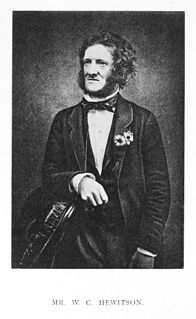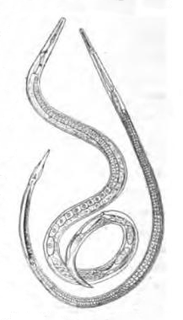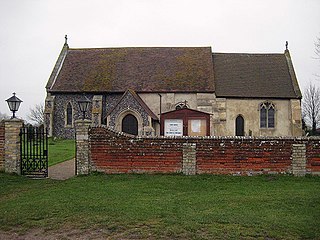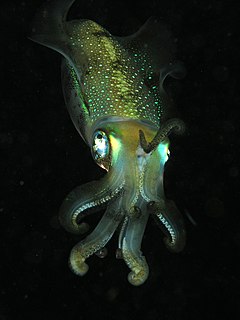
George Montagu was an English army officer and naturalist. He was known for his pioneering Ornithological Dictionary of 1802, which for the first time accurately defined the status of Britain's birds. He is remembered today for species such as the Montagu's harrier, named for him.
Professor Philip MacDonald Sheppard, F.R.S. was a British geneticist and lepidopterist. He made advances in ecological and population genetics in lepidopterans, pulmonate land snails and humans. In medical genetics, he worked with Sir Cyril Clarke on Rh disease.

William Yarrell was an English zoologist, prolific writer, bookseller and naturalist admired by his contemporaries for his precise scientific work.

Albert Karl Ludwig Gotthilf Günther FRS, also Albert Charles Lewis Gotthilf Günther, was a German-born British zoologist, ichthyologist, and herpetologist. Günther is ranked the second-most productive reptile taxonomist with more than 340 reptile species described.

Francis Walker was an English entomologist. He was one of the most prolific authors in entomology, and stirred controversy during his later life as his publications resulted in a huge number of junior synonyms.

William Chapman Hewitson was a British naturalist. A wealthy collector, Hewitson was particularly devoted to Coleoptera (beetles) and Lepidoptera and, also, to birds' nests and eggs. His collection of butterflies, collected by him as well as purchased from travellers throughout the world, was one of the largest and most important of his time. He contributed to and published many works on entomology and ornithology and was an accomplished scientific illustrator.
Robert John Lechmere Guppy was a British-born naturalist after whom the guppy is named. He contributed much to the geology, palaeontology and zoology of the West Indian region, in particular Trinidad.

Nicholas Revett (1721–1804) was a British architect. Revett is best known for his work with James "Athenian" Stuart documenting the ruins of ancient Athens. He is sometimes described as an amateur architect, but he played an important role in the revival of Greek architecture.

Bithynia leachii is species of small freshwater snail with an operculum, an aquatic prosobranch gastropod mollusk in the family Bithyniidae.
John William Brazier (1842–1930) was a malacologist from Australia.
William West Sr. FLS was an English botanist, particularly noted for his studies of freshwater algae. He had sons named William (1875–1901) and George Stephen (1876–1919), both also botanists.
Arthur Anselm Pearson was an English mycologist. He often published under the name A. A. Pearson.
Charles Crossland was an English mycologist.
Carex laevigata, the smooth-stalked sedge, is a species of sedge. It lives in moist, shady environment in the lowlands of Western and Central Europe, particularly in alder–ash woodland. It is distinguished from similar species, such as C. binervis and C. distans by the presence of tiny red dots on the utricles. Carex laevigata was first described by James Edward Smith in 1800, in a paper in the journal Transactions of the Linnean Society of London.
Thomas Jenkinson Woodward (1745–1820) was an English botanist.
Thomas Davies FRS FLS was a British Army officer, artist, and naturalist.
Calthalotia comtessi, common name the spotted strawberry top shell or the comtesse's top shell, is a species of sea snail, a marine gastropod mollusk in the family Trochidae, the top snails.
Ironus is a genus of nematodes.

Tylenchus is a genus of nematodes in the family Tylenchidae and subfamily Tylenchinae.











